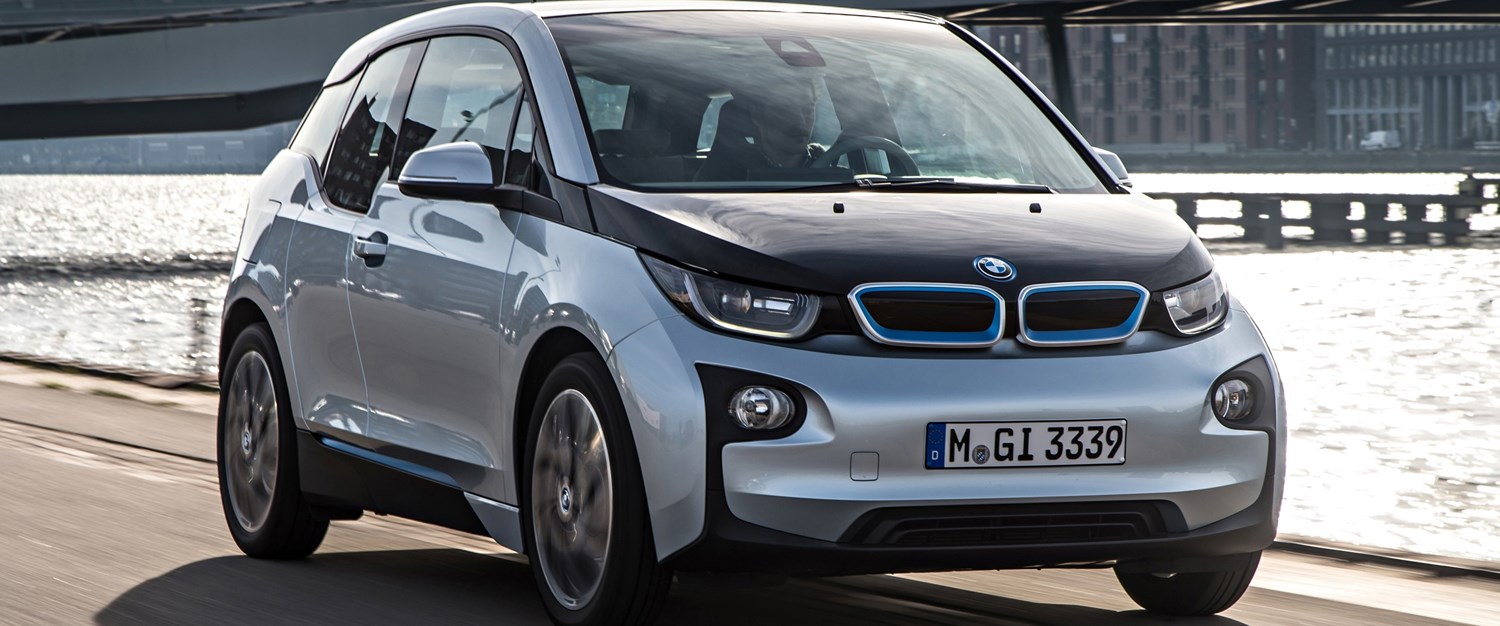Model Review
The BMW i3 has been with us for four years, having started production during 2013. It was effectively the first of its kind – a fully electric hatchback that sat within the premium sector. Today this fiercely competitive market is ever changing, and the question is does the i3 have what it takes to uphold its position here.
The second generation has just arrived wearing a fresh face and LED lighting all round. There’s also going to be a “sporty” version called the i3 S, arriving later on this year. This will add sports suspension, extra performance and a different choice of interior trim.
The range-extender option is still available. This turns the i3 into a form of hybrid thanks to a two-cylinder motor located beneath the boot floor.





